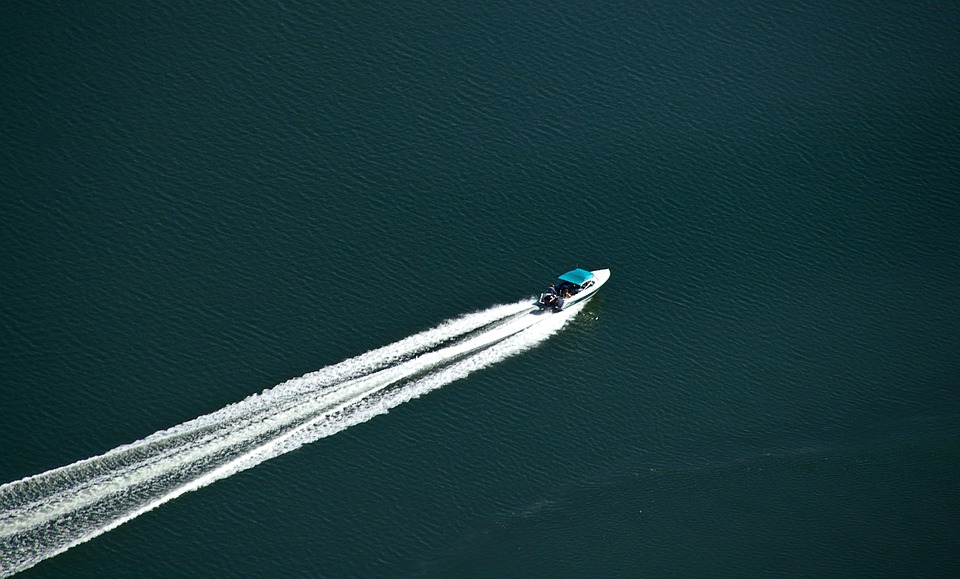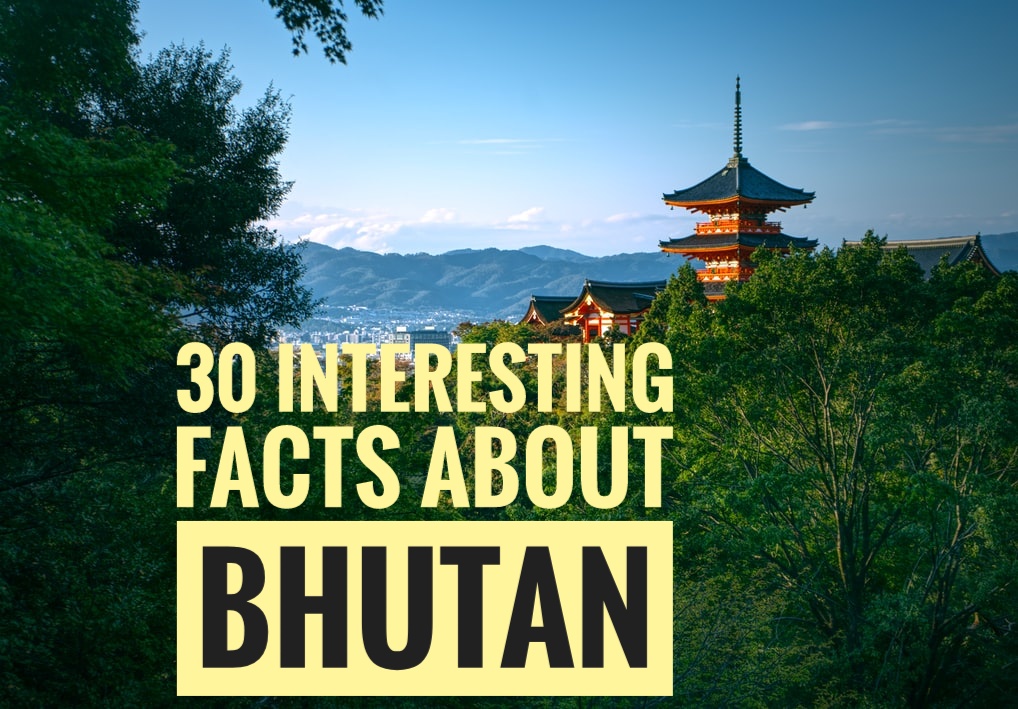
Landlocked with the majestic Himalayan Ranges, Bhutan is an ideal year-round destination. Blessed with snow-capped peaks, a diverse range of flora and fauna, it is a sovereign state in South Asia, situated in the Eastern Himalayas, bordering with India and China. Druk Air and Bhutan Airlines are the only airlines that fly into Bhutan. Bhutan is also called “Druk-Yul” or “The Land of the Thunder Dragon”.
Bhutan experiences a total of four different seasons – Summer, Winter, Spring, and Fall. All these seasons has their own charm and allurement. Bhutans’ climate make it a favorable destination to the tourist year around. Spring (March, April and May) on which Jacranda flower blooms in Punakha Valley. This makes spring the best time to visit Bhutan. Fall season starts from September to November. It is during September Thimphu Tshechu is celebrated at Tashichho Dzong, Thimphu. Summer (June to August) of which Bhutan receives large number of tourists in the country and Winter (December to February)of which special interest tourists visited the country.
30 interesting facts about Bhutan
1. Tourism starts in Bhutan after 1974.
Tourism in Bhutan began in 1974, when the Government of Bhutan, in an effort to raise revenue and to promote Bhutanese unique culture and traditions to the outside world, opened its isolated country to foreigners. In 1974 a total of 287 tourists visited the Kingdom of Bhutan.
Currently, tourists from international destinations pay $250 (Rs 18,000 approx) as a minimum charge per day per person, which includes a $65 a day “Sustainable Development Fee”, as well as a $40 visa charge. Whereas tourists from India, Bangladesh and the Maldives will levy a daily fee of Rs 1,200 per person from July 2020 and children between the age of 6 and 12 years, a fee of Rs 600 needs to be paid. This fee, is collected as Sustainable Development Fee (SDF to regulate the heavy tourist traffic in the country. The SDF for Indian passport holders is quite less compared to citizens of other countries. The decision to introduce the fee was passed by the country’s National Assembly as the Tourism Levy and Exemption Bill of Bhutan, 2020.
2.Only carbon negative country in the world.
Bhutan is the only carbon negative country in the world which means that the amount of carbon production in the country is very less than the absorption rate. Bhutan generates only 1.1 million tonnes of carbon dioxide (CO2), but the forest sequesters far more CO2 than this. This means they are a net carbon sink for millions of tonnes of Carbon dioxide each year. Additionally, Bhutan exports most of the renewable electricity generated by its fast-flowing rivers to India, driving the country into carbon negative status. At this rate, by 2020, Bhutan will be exporting enough electricity to offset 17 million tonnes of CO2 annually.
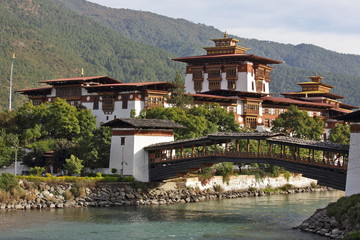
3. Country gives more importance to democracy
The process of modernization and democratization was initiated by the Third King of Bhutan Jigme Dorji Wangchuck. On December 31, 2007, Bhutan democratically elected its first National Council, the upper house of the new bicameral Parliament of Bhutan. Bhutan held its first general election on March 24, 2008 for the National Assembly
4. GDP is Gross National Happiness for Bhutanese.
Bhutan does not believe in GDP as an indicator of economic growth and development. Since 1971, the country has rejected GDP as the only way to measure progress. It has introduced another measurement known as Gross National Happiness (GNH) and the spiritual, physical, social and environmental health of its citizens and natural environment. Bhutanese people have four pillars or quantitative indicators for the measure of GNH, which are sustainable development, preservation and promotion of cultural values, good governance and a healthy environment
5. Only 8 pilots are qualified to fly to Paro airport.
Yes. It is true fact that only 8 pilots are qualified to make a successful landing at Paro. Paro Airport in Bhutan is 1.5 miles above sea level and surrounded by sharp peaks of up to 18,000 feet tall. So treacherous is the landing that only eight pilots in the world are qualified to land there. The tiny airport nestled among the steep mountains of the Himalayas is said to be the most dangerous in the world. The runway is just 6,500 feet long – one of the few in the world shorter than their elevation above sea level
6. Country having international standardization.
From 1999 onwards Bhutan banned plastic bags in the country. Using of tobacco is answer completely banned throughout the country. As per the international standards a country should have 60 percentage of forest but the case of Bhutan it is double. Government initiative so many measures to protect the trees and preserve the nature.
7. Everyone celebrates birthday in New year.
Bhutanese give importance to year, rather than month and date. , The default birthday becomes the beginning of the new year, i.e., 1st January So, you are one more year older on the new year. Moreover most of the people doesnt remember his or her birthday due to lack of priority given to it or due to the lack of records.
8. Highest Untouched Peak in the World
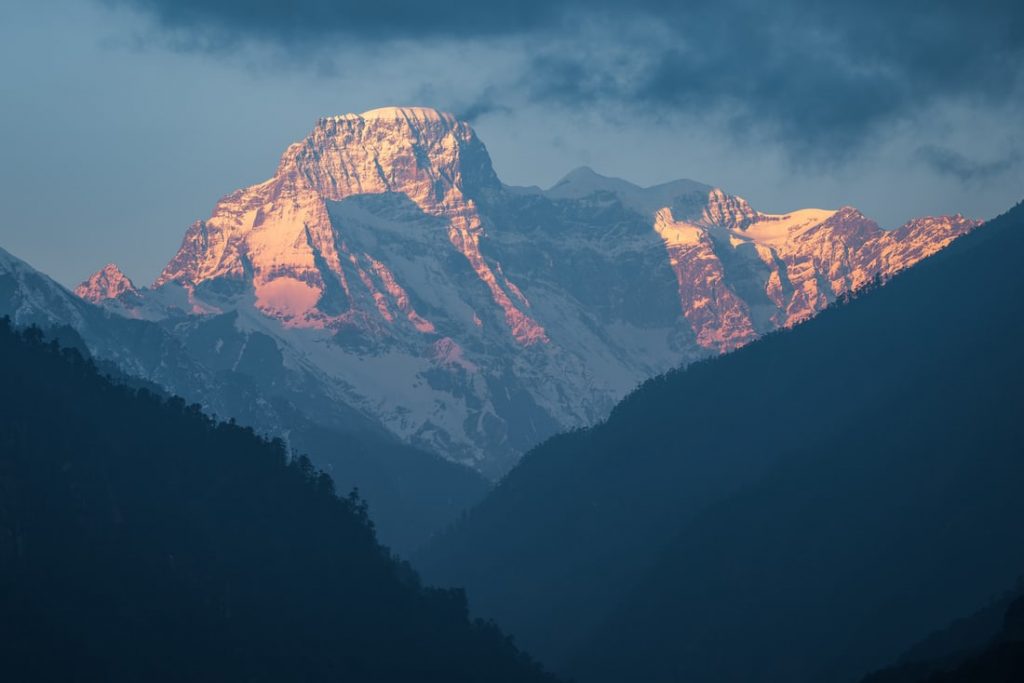
Gangkhar Puensum stands as the tallest unclimbed mountain in the world Widely considered the highest unclimbed mountain in the world at 7,570m, Gangkhar Puensum can be found in Bhutan and is bordering with China. There have been various attempts at climbing the mountain with one team reaching a subsidiary peak in the late 1990’s, however, the main peak still remains unclimbed. And with Bhutan banning any mountaineering on peaks higher than 6,000m out of respect for spiritual beliefs, it looks as though Gangkhar Puensum may continue to stay that way
9. The National Animal
The national animal is the takin. This large, muscular, hoofed mammal is sometimes referred to as a goat antelope, because it has things in common with both goats and antelope. But the takin is most closely related to sheep and to the goat-like aoudad, or Barbary sheep, of North Africa. Legend has it that in the 15th century a Tibetan saint, Drukpa Kunley popularly known as the ‘Divine Madman’ created this unique animal. Its features resemble a quaint blend between a cow and a goat
10. National Emblem.
National Emblem of Bhutan : it is a circle inside which are two crossed vajras placed over a lotus circled by a dragon on each side. The wish-fulfilling jewel is located above them. There are four jewels inside the circle where the two vajras intersect. They symbolize the spiritual and secular traditions of the country based on the spiritual undertakings of Vajrayana Buddhism. The lotus represents purity; the wish-fulfilling jewel is the sovereign power of the people and the two dragons, the name of the Kingdom.
11. It is Illegal to Kill Anything
This fact about Bhutan makes it a country that cherishes animals. Bhutanese are not allowed to kill any animals or birds. They take environmental conservation seriously. However, they do eat meat, quite a lot. This law comes from the traditional values of Buddhist teachings, which prohibits the killing of any living organism. All the meat is imported from other countries. Though the Buddhist belief does not allow consumption of animals, many of the Bhutanese people do eat meat.
12. Bhutanese Love Spices.
Bhutanese love to eat spicy food. It is said that they will not eat a dish until it is spicy enough. Chillies are not considered a seasoning, but a vegetable that is important for providing flavour to any meal. Bhutan’s summer markets are a feast for the senses. Every stall, there are huge piles of green and red chili peppers, with the occasional yellow pepper peeping through
13. Phallus for Fertility and Good Luck
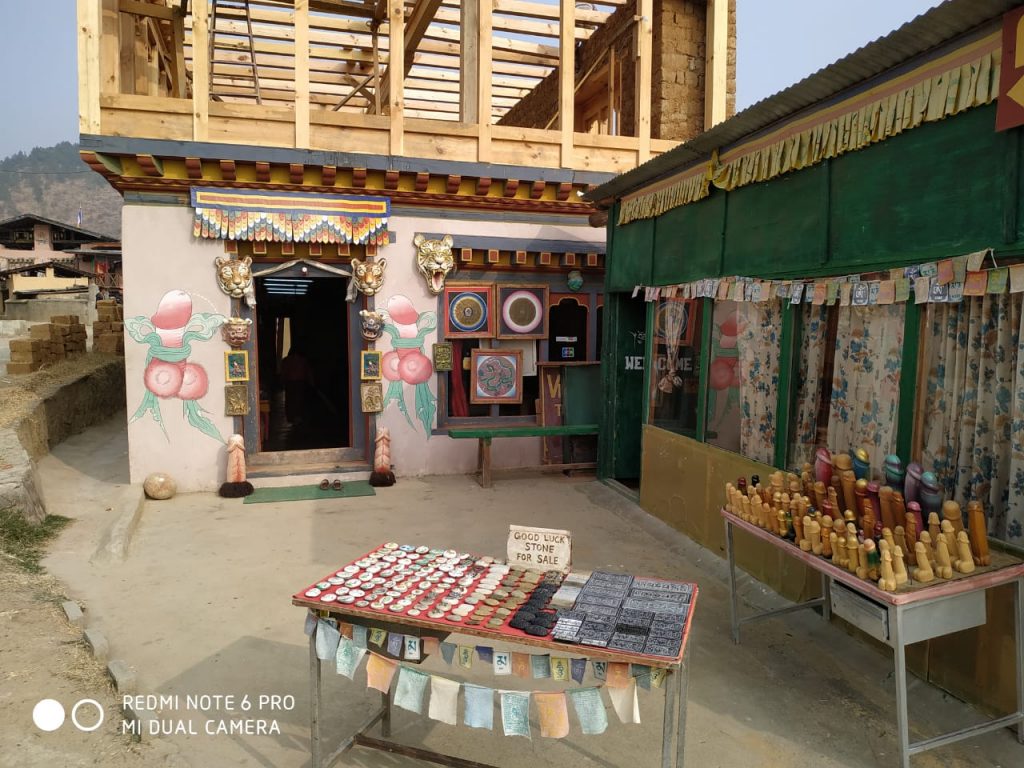
Phallus paintings in Bhutan are esoteric symbols, which have their origins in the Chimi Lhakhang monastery near Punakha, the former capital of Bhutan. These explicit paintings can be seen painted on the walls of houses and buildings throughout Bhutan, particularly in villages, and are credited as Kunley’s creations.Traditionally symbols of an erect penis in Bhutan have been intended to drive away the evil eye and malicious gossip
14. Bhutan Has Never Been Conquered
Bhutan is one of only a few countries which have been independent throughout their history, never conquered, occupied, or governed by an outside power. Bhutan has continuously and successfully defended its sovereignty. Bhutan has never been ruled by an external entity,
14. Bhutan Was the last Country to Introduce TV
Ban on television lifted in 1999. The government lifted a ban on television and the Internet, making Bhutan one of the last countries to introduce television. They believed that exposure to the western world makes people unhappy as it encourages desire and greed. There are few bars and clubs in Bhutan, mostly frequented by young people. Certainly not a destination for party lovers.
15. Education and Healthcare is Free For All Citizens
The Government has taken necessary steps to ensure free health and educational facilities for all. The infant mortality rate is still a severe issue, but it has improved drastically. Most people still get their education from monasteries, but steps are being taken to increase the literacy rate.
16. Refusing Food the First Time is a Custom
Refusing food the first time is the custom in the country. This is to show respect and gratitude. You should cover your mouth and say “meshu meshu”. You can accept the food after two or three offers
17. Homosexuality Was Decriminalised in 2019
Section 213 and 214 of the Bhutan Penal Code criminalizing ‘unnatural sex’ or homosexuality. It has been removed by the National Assembly. Under the Penal Code of 2004, acts of homosexual nature can lead to imprisonment of up to one year. However, in 2019 two sections of this code which made “unnatural sex” illegal were repealed. This is an important step in recognizing that Bhutan supports the equality of all citizens regardless of sexual orientation or gender identity,
18. The National Sport is Archery
Archery was declared the national sport in 1971, when Bhutan became a member of the United Nations. The bows and arrows have played a significant role in many Bhutanese myths and legends. Bhutan maintains an Olympics archery team too.
19. Bhutanese Still Believe in the Existence of Yeti
The Yeti or Abominable Snowman is a folkloric ape-like creature taller than an average human, that is said to inhabit the Himalayan mountains. The names Yeti and Meh-Teh are commonly used by the people indigenous to the region, and are part of their history and mythology. Stories of the Yeti first emerged as a facet of Western popular culture in the 19th century. There are detailed writings about these creatures with a monastery believed to contain a corpse of Yeti.
20. Patriarchy? More Like Matriarchy?
In Bhutan, Women head the families and run all businesses from shops to farms and traditionally, they are the decision maker as well. Soon after marrying, a Bhutanese husband must settle into his wife’s family in her house. The age-old tradition of passing down inheritance to daughters alone highlights the fact that Bhutan is a matriarchal society. They even inherit properties, and a man moves into the house of his wife after marriage.
21. Marriage Laws are Unique
Polygamy is allowed in Bhutan. Every Bhutanese national and other person residing in Bhutan has the right to marry any other person irrespective of their faith, sex, status, caste, wealth or appearance, provided the persons contracting the marriage thereof have expressly consented to their marriage and shall have to abide with the provisions laid down in this Act in matters relating to marriages. Polygamy is, however, becoming non-existent in Bhutan with time. Remarriages and divorces are common, though.
22. Bhutanese Love Their King
A fact about Bhutan that most people know is that the King of Bhutan is known for his humble personality and humanitarian efforts. Rightly called the “People’s King”, His Majesty JigmeKhesar has met almost every citizen of his country and loves to talk to people personally about their griefs and requirements.
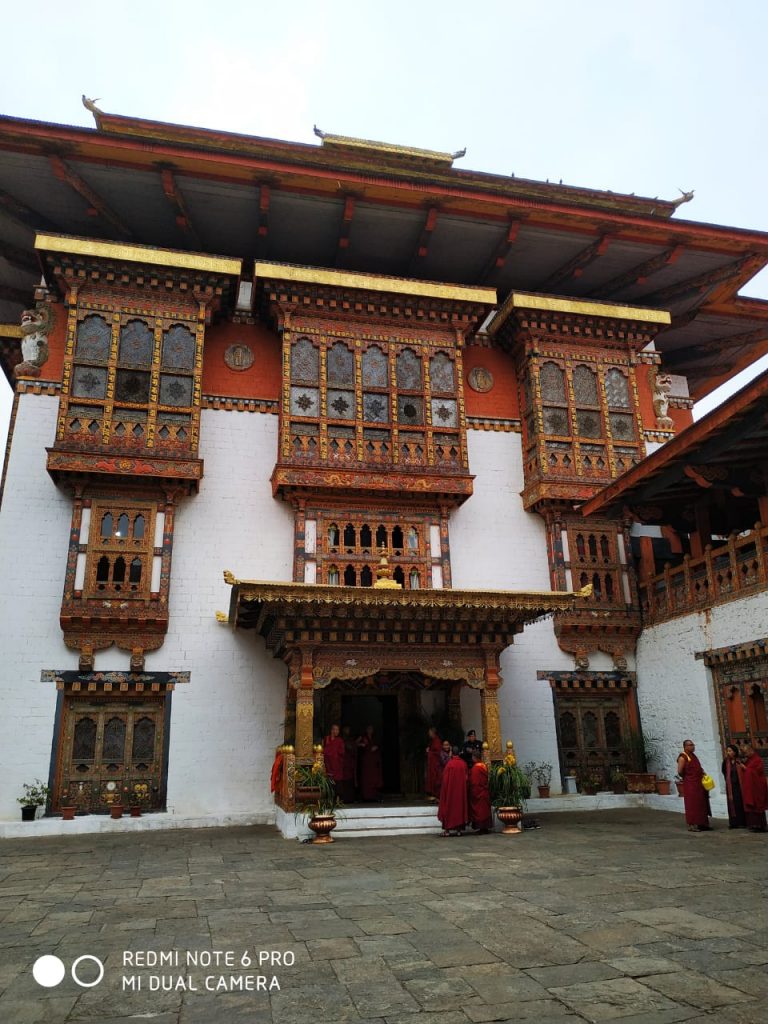
23. Low Crime Rates
Since, a majority of the population, practices Buddhism, which teaches love and compassion, the crime rates are very low. Violent crimes are rarely reported.
24. It is Mandatory to Wear the National Dress
All Bhutanese are required to wear the kira and gho in offices and administrative centers. For all official/formal occasions, men are required to wear a Kabney (scarf) and the women the Rachu (scarf) with their dress. The color of the Kabney designates the rank of a person. Zhabdrung Ngawang Namgyel introduced the gho and the kira in the 17th century. The Bhutanese women wear an ankle length rectangular piece of dress called the Kira, which is held in place over the shoulder with a pair of komas (broaches with hooks) and a hand woven belt known as the kyera on the waist. Under the Kira, women wear a wonju (blouse). A toego (open jacket) is worn over the dress.
25. Marijuana, legalized?
Marijuana has a different place in Bhutan. It is harvested as fodder for pigs and grows wild all over towns and villages. Farmers in the Eastern and Western parts of Bhutan feed marijuana to the pigs. It is claimed that farmers feed pigs marijuana as fodder because of local preference for pork that is fatty. Marijuana inebriated pigs tend to sleep more and grow fatter faster. It is also believed that the meat of such pigs is tastier than that of pigs fed with conventional fodder. However, this practice is now not as common as it used to be.
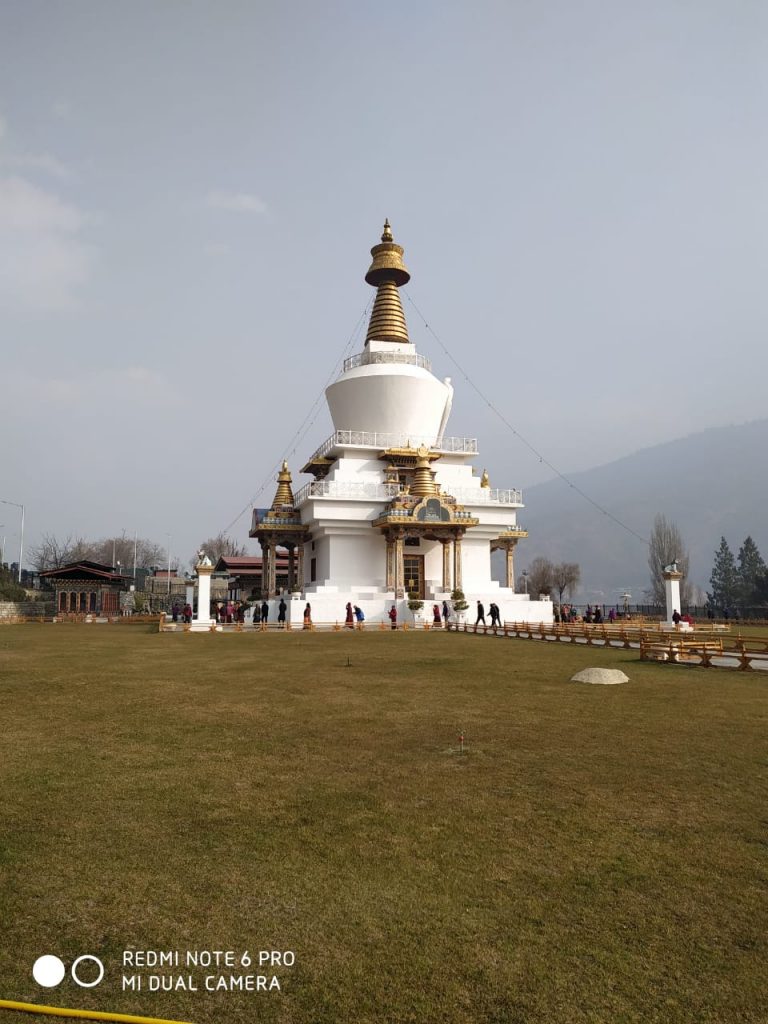
26 Longest river is Holy Manas River (Drangme Chhu)
The longest river in Bhutan is the Manas River with over 376km (234miles) in length. Drangme Chhu is the Bhutanese name for it. The interesting fact that all rivers in Bhutan ultimately drains to Brahmaputra river in India.
27.Country having no single traffic Light in capital city
Bhutan does not have one single traffic light! A policeman is directing traffic in the capital city.
28. You Can Make Your Own unique Bhutanese Stamps.
One of the most interesting things that you can do in Bhutan, is to get your own personalised stamps at the Bhutan National Post Office in Thimphu.
Bhutan has some of the most intricately designed stamps in the world. In various colors and shapes (even 3D), new stamps are often released to celebrate festivals, anniversaries, even the royal family wedding.
You can have your personal stamp from Bhutan printed here and sent home on a postcard. It’s a fun thing. The print quality is excellent. You can have your photo taken on the spot by the friendly post office staff, or bring your own photos in a pen drive. It takes less than ten minutes to make your very own stamps. So when you come to Bhutan, plan accordingly.
29. Highest statue in the country – Buddha Dordenma
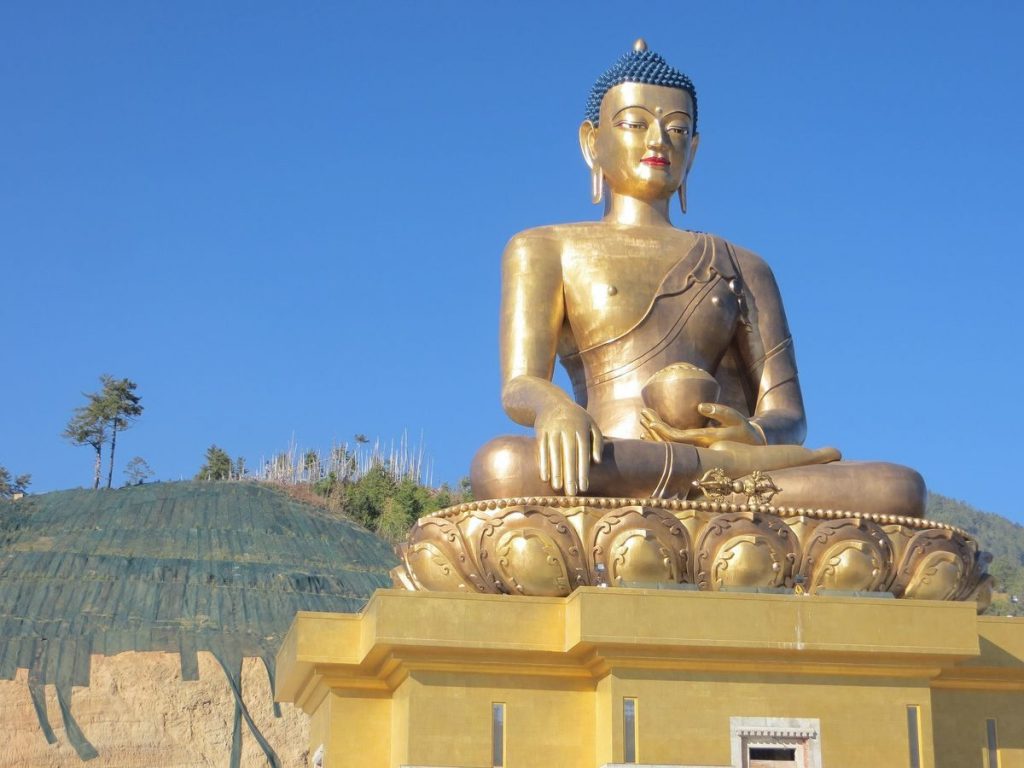
This huge statue is 177 ft. high and is one of the largest Buddha statues in the world. Inside of Thimphu’s 169 foot Buddha Dordenma statue, there are 125,000 miniature Buddhas encapsulated inside of its enlightened bronze chest, ranging from 8 to 12 inches tall The statue is made of bronze and gold.
30. National dish – Ema Datshi.
This is considered the national dish of Bhutan. It is very spicy as it consists cheese and lots of chilis. Rice is usually eaten with this dish. It has its roots from the Tibetan cuisine, which was gradually adapted and evolved according to their homegrown produce. The country has a flair for using unique ingredients that stimulate all our senses. So when you visit Bhutan don’t forget to taste the spicy dish
10 Things to Keep in Mind While Visiting Bhutan:
- Bhutan is considered as highly traditional country; visitors should always abide by the rules and regulations as laid by the local authorities.
- Since spring and fall are considered as Bhutan tourism’s best time to visit by most of the visitors, one must make advance hotel bookings.
- Photography is not allowed everywhere or across all tourist spots and destinations; visitors must check with the local guide accompanying you before taking the photography.
- Tour guide’s charges also shoot up during spring and fall; pre-booking of tour guides is highly recommended.
- Carrying light clothes, sunglasses, skin moisturizers, , trekking shoes, and other essentials would make it for a handy experience in spring, fall, and summer. Your motto should be less luggage more comfort !
- Do not forget to carry jackets, woolen clothes, and other warm clothes during the winter.
- Avoid using plastic bags, bottles, and other such commodities across the country.
- Dress appropriately while entering the sacred establishments like temples, monasteries, dzongs, etc.
- Do not forget to carry your left-overs or other wastes, and dispose them at the designated or assigned places.
- Locals in Bhutan worships Mother Nature as one of their main deities; do not cause any harm to the local flora and fauna. Causing nuisance around might lead to unpleasant consequences and be respectful towards the local cultures, beliefs, and traditions
Hope the above details will be useful to a tourist planning to visit Bhutan.




